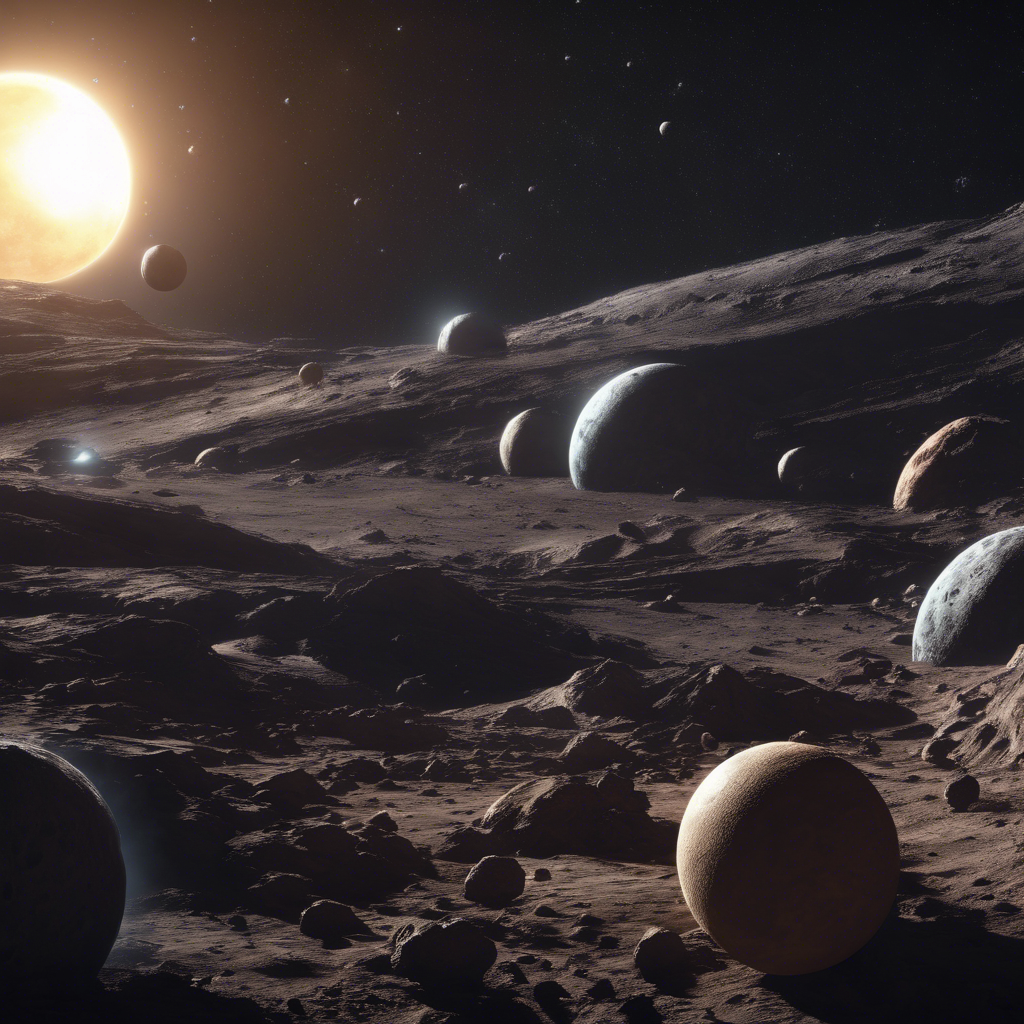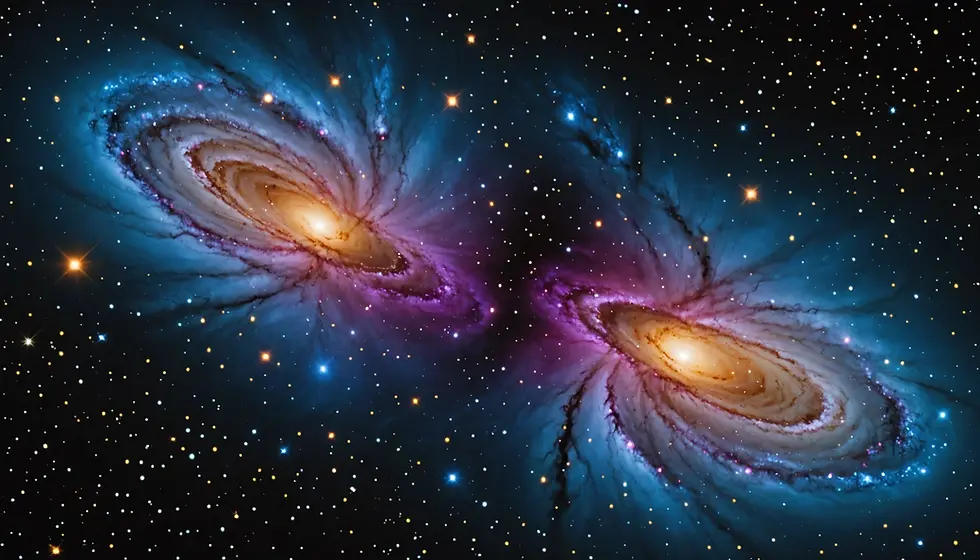7 Fascinating Dwarf Planets You Should Know About
- Abhishek Agrahari
- May 20, 2024
- 2 min read
Dwarf planets are celestial objects that orbit the sun and, due to their size and characteristics, fall into a unique category in our solar system. Exploring dwarf planets unveils a world of intriguing discoveries that add depth to our understanding of space. Let's delve into these captivating worlds and unravel their mysteries.

Pluto, once considered the ninth planet, was reclassified as a dwarf planet in 2006. Located in the Kuiper Belt, Pluto has a complex geological landscape with icy mountains and a heart-shaped glacier. Its largest moon, Charon, is so massive that some refer to the pair as a "double planet."

Eris, slightly smaller than Pluto, is known for sparking the debate that led to Pluto's reclassification. It is one of the most distant known dwarf planets in our solar system and is primarily composed of ice and rock. Eris has a highly eccentric orbit that takes it far beyond the Kuiper Belt.
Haumea, a dwarf planet in the Kuiper Belt, is unique for its elongated shape, often compared to a rugby ball. Its rapid rotation causes it to flatten at the poles and bulge at the equator, making it one of the fastest rotating large objects in our solar system.
Makemake is another dwarf planet located in the Kuiper Belt, named after the Rapa Nui god of creation. It is known for its reddish surface, likely due to the presence of tholins - organic compounds created by solar radiation. Makemake's thin atmosphere hints at a cold and fascinating world.
Ceres is the largest object in the asteroid belt and the only dwarf planet in the inner solar system. Studied extensively by the Dawn spacecraft, Ceres hosts a unique feature - bright spots in its largest crater, which scientists believe could be reflective salt deposits.
Orcus, a dwarf planet located in the scattered disc region beyond Neptune, is named after the Etruscan god of the underworld. It has a large moon, Vanth, and belongs to a group of objects known as plutinos, which share orbital characteristics with Pluto.
Quaoar, discovered in 2002, is a dwarf planet found in the Kuiper Belt. It is one of the reddest objects in our solar system, believed to be rich in organic material. Studying Quaoar provides insights into the early history of our solar system.
Exploring dwarf planets offers a glimpse into the diverse and fascinating worlds that reside in our cosmic neighborhood. Each of these dwarf planets has its own unique characteristics and stories, waiting to be unraveled by future exploration missions.









Comments